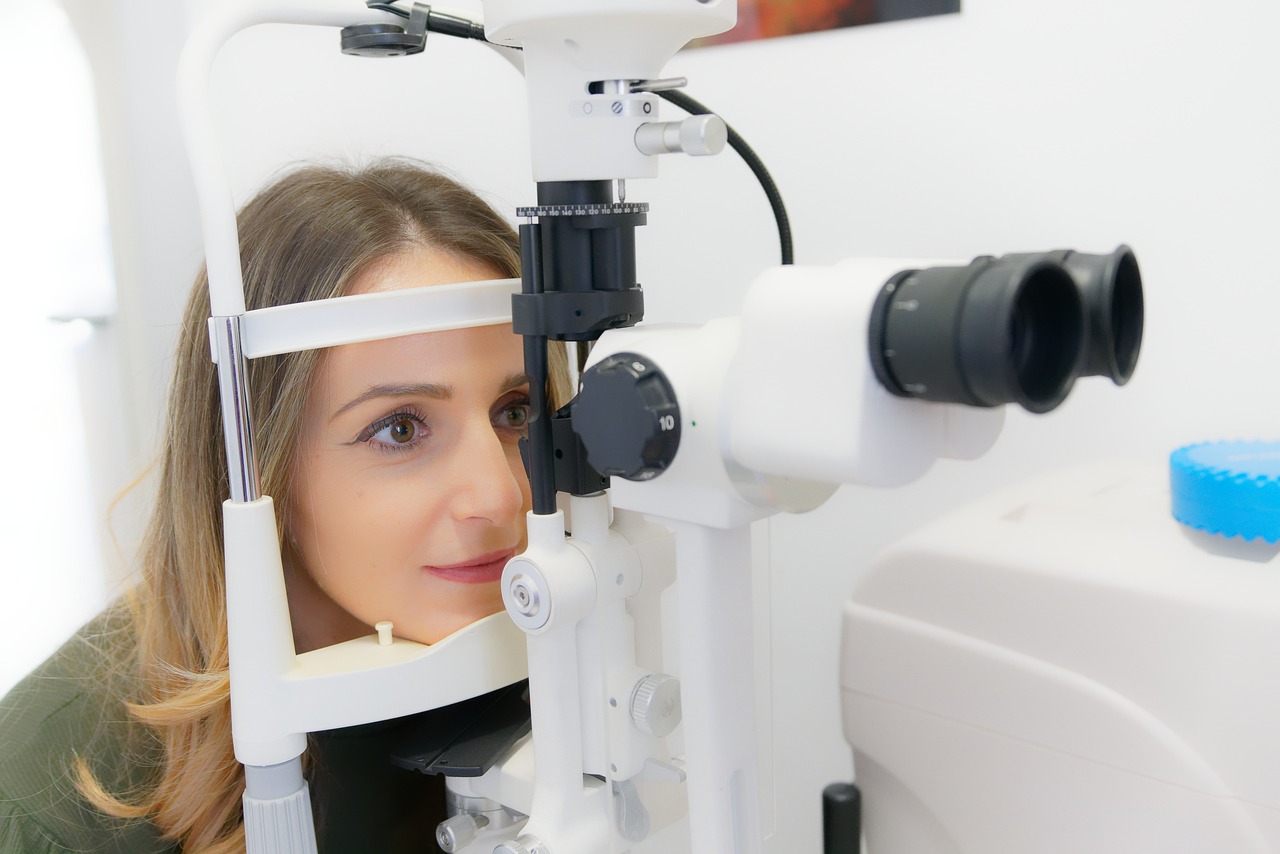
Cataract Surgery
A cataract is a cloudy or opaque area in the normally transparent lens of the eye. As the opacity thickens, it prevents light rays from passing through the lens and focusing on the retina. Early lens changes or opacities may not disturb vision. But as the lens continues to change, several specific symptoms may develop, including blurred vision, sensitivity to light and glare, increased near sightedness, or distorted images in either eye.
Cataracts can form at any age, but most often develop as people get older. As the cataract develops its center becomes more yellow, giving everything a yellowish tinge. The most effective treatment for cataract is a small operation to remove the cloudy lens. The lens is usually replaced by a plastic implant which helps the eye focus properly. With modern surgery the operation can be carried out at any stage of the cataract’s development when visual impairment interferes with your ability to read, work or your quality of life.
Cataract is clouding of normal clear crystalline lens of the eye. It leads to decrease or loss of functional vision. It can be compared to a window that is frosted. The amount and pattern of cloudiness can vary within the lens.
Cataract formation is not associated with “signals” such as pain, redness or tearing.
The common symptoms are:

Blurring Or Dimness Of Vision

Feeling Of A Film Over The Eyes

Sensitivity To Light And Glare
Phacoemulsification Surgery :

Cataract Surgery removes the natural cloudy lens from the eyes and replaces with an artificial lens. Phaco means Lens and Emulsifying means to break into pieces through a small incision
Foldable Intraocular Lenses
- Aspheric lens – aberration free
- Toric lens – for astigmatism
- Multifocal lens – for clear distance and near vision.
- Accommodative – for clear distance and near vision.
Advantages of Phacoemulsification Surgery
- Small wound, early wound healing and minimum post-surgery discomfort.
- No sutures and no need of suture removal.
- No irritation, no watering.
- Early return to work.
- No need to continue drops for a long time.
- No need for hospital stay.
What care should i take after surgery?
- Do not sleep on the operated side for 3 to 4 days.
- Use dark glasses for first 15 days.
- Wash your hands thoroughly before application of drops.
- Avoid washing eyes with water for 10 days.
- Avoid head bath for 10 days.
- Avoid playing with small children.
- Avoid exposure to smoke, heat & dust.

About Lasik
LASIK: Short for laser in-situ keratomileusis, this laser eye surgery is used to correct vision in people who are near sighted, farsighted, and/or have astigmatism.
Read More
